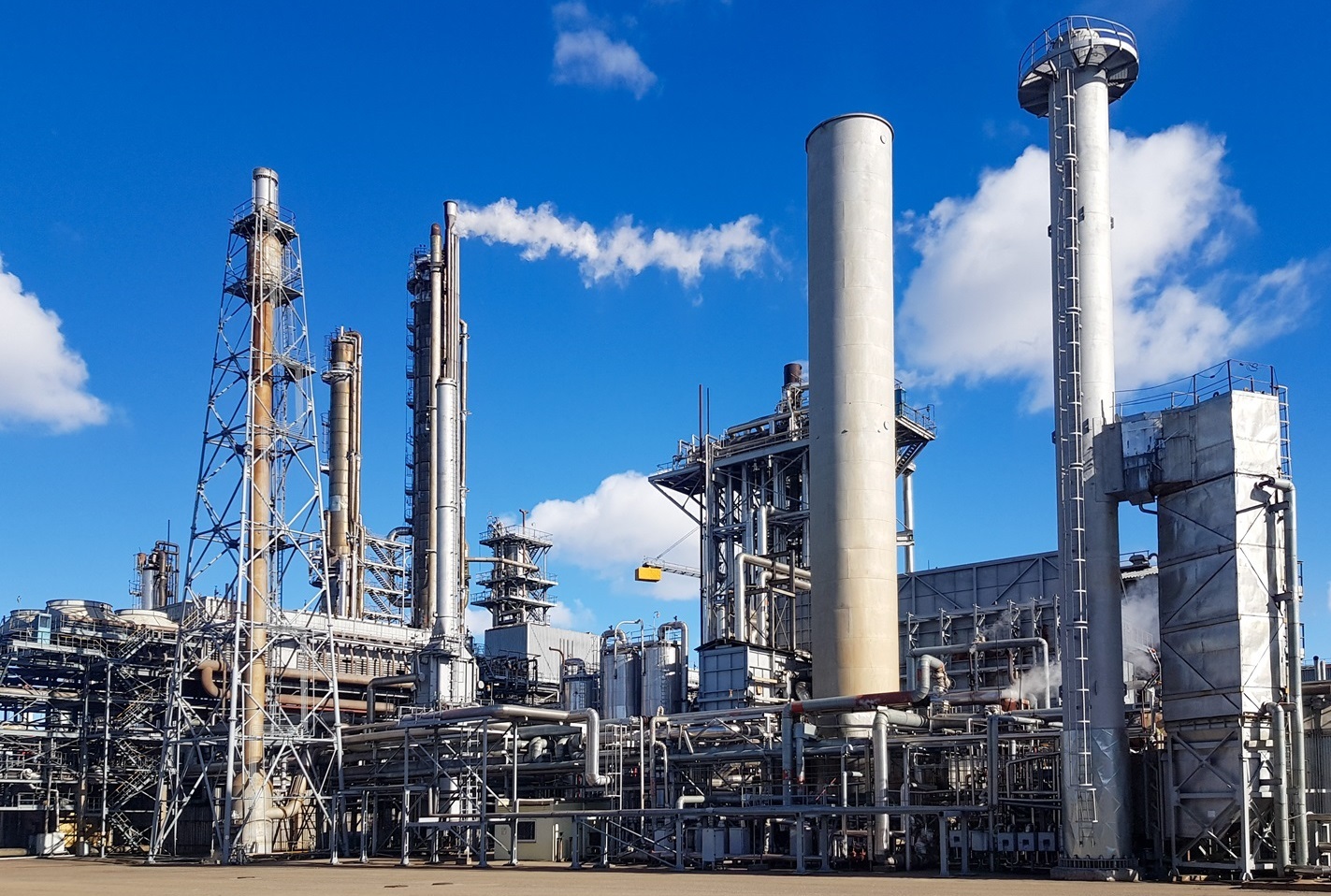Catalyst
Catalyst
Catalyst is the process that alters the rate of a chemical reaction under the influence of a catalyst. A catalyst is a chemical substance added to a reaction to either accelerate or decelerate the reaction rate without itself undergoing any change. Since the catalyst is not consumed, each catalyst molecule may induce the transformation of many molecules of reactants. For an active catalyst, the number of molecules transformed per minute by one molecule of catalyst may be as large as several million.
Catalysts may be classified generally according to their physical state, their chemical nature, or the nature of the reactions that they catalyze. Catalysts may be gases, liquids, or solids. Types of Catalytic Reaction include Homogenous Catalysis, Heterogeneous Catalysis, Enzyme Catalysis and Acid-base Catalysis.
Currently, the size and shape selective synthesis of nanoparticles (NPs) and their varied catalytic applications are gaining significant enthusiasm in the field of nano chemistry. Homogeneous catalysis is crucial due to its inherent benefits like high selectivity and mild reaction conditions. Nevertheless, it endures with serious disadvantages of catalysts and/or product separation/recycles compared to their heterogeneous counterparts restricting their catalytic applications. The utilization of catalysts in the form of nano-size is an elective methodology for the combination of merits of homogeneous and heterogeneous catalysis. Magnesium oxide (MgO) NPs are important as they find applications for catalysis, organic transformation, and synthesis of fine chemicals and organic intermediates.
MgO NPs show good catalytic performance and selectivity due to their topography, size, and high surface area to volume ratio. The NPs have diverse merits in catalysis, such as NPs are insoluble in the reaction medium, mild reaction conditions, easy workup, excellent yield, easy separation and recyclability of catalyst. Strikingly, the organic transformations using NPs do not need any ligand source, they accelerate the reaction using usually low catalyst loading with low temperature, which makes the protocol simple, one pot, affordable, and cost effective.
MgO NPs have been used as catalysts for a wide variety of organic transformations. They are especially appealing to this goal because they often enable organic reactions to be conducted under durable or green reaction conditions that would mitigate the performance of conventional catalysts.
Recommended Products

undefined
Nanostructured MgO can be prepared through different chemical (bottom-up approach) or physical (top-down approach) routes. The characteristics of Nano MgO increase its utility manifolds and it also has various other properties such as high melting point, cost-effective production, biodegradability and biocompatibility.



